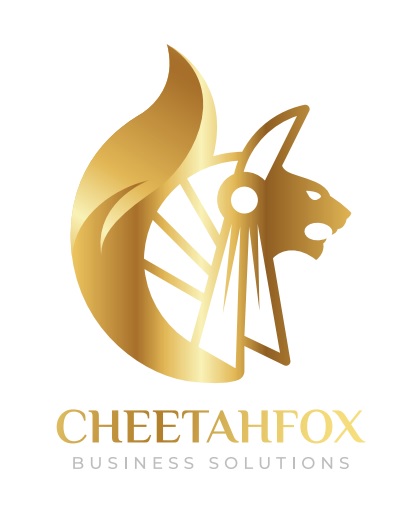ERP Financial Reporting Overview
how do you track your business? Of course, by reading reports periodically. And what if we tell you that you can get them anytime anywhere with ERP updates?
Here is a list of key reports that you can generate in a few clicks.
Accounting Reports:
A periodic statement that presents the financial status of a company given for a particular period. It provides the details of the business operations and transactions. They are also known as financial statements, which includes:
Balance Sheet: A report detailing the assets, liabilities, and capital of a business. This financial report illustrates the net worth of your company and its financial position.
Profit & Loss Statement: A Profit and Loss (P & L) statement measures a company’s sales and expenses during a specified period. The function of a P & L statement is to total all sources of revenue and subtract all expenses related to the income. It shows a company’s financial progress during the period being examined.
Cash-flow Statement: A cash flow statement, is a financial statement that summarizes the cash and cash equivalents entering and leaving a company. This report breaks the analysis down to operating, investing, and financing activities.
Aging Analysis:
ERP software cares for your business, and along with providing Invoice aging reports and stock aging reports, ERP Has an added feature of MIS alerts that send you reminders for follow-up and act in time:
Invoice Aging Analysis: This report lists unpaid customer invoices and credit memos by the date range. It determines which invoices are overdue for the payment. The standard reports contain the following Information, which can be configured as per your requirement:
Invoices that are 30 days old or less
Invoices that are 31-60 days old
Invoices that are 61-90 days old
And the Remaining Invoices
The Receivables department can focus on the invoices, which at the moment are due by distinguishing the above.
This helps in maintaining a healthy cash flow as well.
Inventory/Closing Stock Reports:
ERP has integrated several inventory accounting methods which includes first-in, first-out (FIFO), last-in, first-out (LIFO), and the average cost for the evaluation of Inventory and generating Closing Stock Reports. The aging stock report also helps the company in taking action on obsolete or dead stock before they turn into a liability.
Generate Taxs Reports, which let’s you Now are free from the stress of compliance and timely filing of returns.
A detailed report of the purchase history of every article, every component with its code can be easily generated.
A report with summary for purchase analyzes the consumption patterns of materials in a trading/manufacturing company, helping the business to keep control on purchases and eliminate unfair practices within the department.
Summary-Sales with Accounts ERP: In a manufacturing unit, the whole product is a sum of various parts, and this report helps as sales is mapped with purchases
Accounts ERP Reports are dynamic.
You can view and print these reports by adding or removing columns as per your need for analysis or the part of the information you want to see.
The information you don’t want others to see can also be singled out!
REAL-TIME CLIENT BASED EXPERIENCE
Financial Reports are an integral part of any business in operations. They provide us a complete view of the financial status of the company.
You can now have those reports at your fingertips. Now our clients do not have to be physically present in front of a PC or be heavily reliant on people whenever they need to review any statements. They can just log in to Accounts ERP software, anytime, anywhere.
Have a quick glance at your inventory or the financial operations while sitting in the comfort of your home
The income statement is one of the financial statements of an entity that reports three main financial information of an entity for a specific period of time. Those information included revenues, expenses, and profit or loss for the period of time.
The income statement is sometimes called the statement of financial performance because this statement lets the users assess and measure the financial performance of an entity from period to period of the similar entity, competitors, or the entity itself.
This statement could be present in two different formats that allow by IFRS based on an entity’s decision.
The first format is a single statement format where both income statements and other comprehensive statements are present in one statement.
The second format is the multi-statement, where income statements and other comprehensive income are present in two different formats.
In conclusion, if the users want to see how much the entity makes sales, how much the expenses are incurred and how much is the profit or loss during the period, then the income statement is the statement that the user should be looking for.
